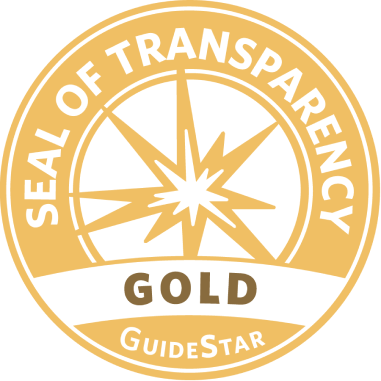Trauma leaves deep emotional wounds, ones that do not always fade with time. For women in conflict zones like Iran and Afghanistan, pain is more than just a memory—it becomes a daily reality. Whether caused by war, oppression, domestic violence, or loss, trauma changes the way women see the world and themselves. But healing is possible. Even after immense suffering, hope can grow. With the right support and strategies, survivors can reclaim their lives and find peace beyond their pain.
Understanding Emotional Wounds
Emotional trauma is like an invisible scar. It affects thoughts, behaviors, and even physical health. Many women in conflict zones experience symptoms such as:
- Anxiety and fear – A constant sense of danger, even in safe situations.
- Depression – A feeling of hopelessness, isolation, or numbness.
- Flashbacks and nightmares – Reliving traumatic moments, unable to escape them.
- Trust issues – Difficulty forming relationships due to fear of betrayal or harm.
For many women, seeking help is not an option. In societies where mental health is stigmatized, expressing pain can be seen as weakness. But healing does not require permission—it requires courage and the right tools.
Strategies for Healing Emotional Wounds
1. Acknowledging the Pain
Healing starts with recognition. Many survivors try to suppress their trauma, believing that ignoring it will make it disappear. But unprocessed pain remains in the body and mind. Accepting that suffering is real and valid is the first step toward recovery.
2. Finding Safe Spaces to Express Emotions
Women who have endured trauma often feel isolated, believing no one else could understand their pain. Finding a safe space—whether through support groups, trusted friends, or organizations like the Omid Foundation—allows survivors to share their experiences without fear of judgment. Sometimes, simply being heard is the beginning of healing.
3. Rebuilding a Sense of Control
Trauma often makes people feel powerless. One way to regain control is by making small choices that bring a sense of stability. This could be as simple as setting a daily routine, practicing self-care, or engaging in activities that bring joy.
4. Practicing Mindfulness and Grounding Techniques
When trauma overwhelms the mind, mindfulness and grounding exercises can help bring a sense of calm. Simple techniques like deep breathing, meditation, or focusing on sensory details (such as feeling the texture of an object or listening to calming sounds) can reduce anxiety and help survivors reconnect with the present moment.
5. Expressing Pain Through Art, Writing, or Movement
Many women find healing through creative expression. Writing in a journal, painting, or even practicing yoga can provide an emotional release when words feel too difficult. These forms of self-expression help process emotions that may be too painful to speak out loud.
Hope is Possible
Trauma changes people, but it does not have to define them. Healing takes time, patience, and support, but every small step forward is a victory. Even in the darkest moments, hope remains. Women who have suffered immense pain are also capable of immense strength. With the right strategies, they can move beyond survival and build a life filled with peace, purpose, and resilience.

